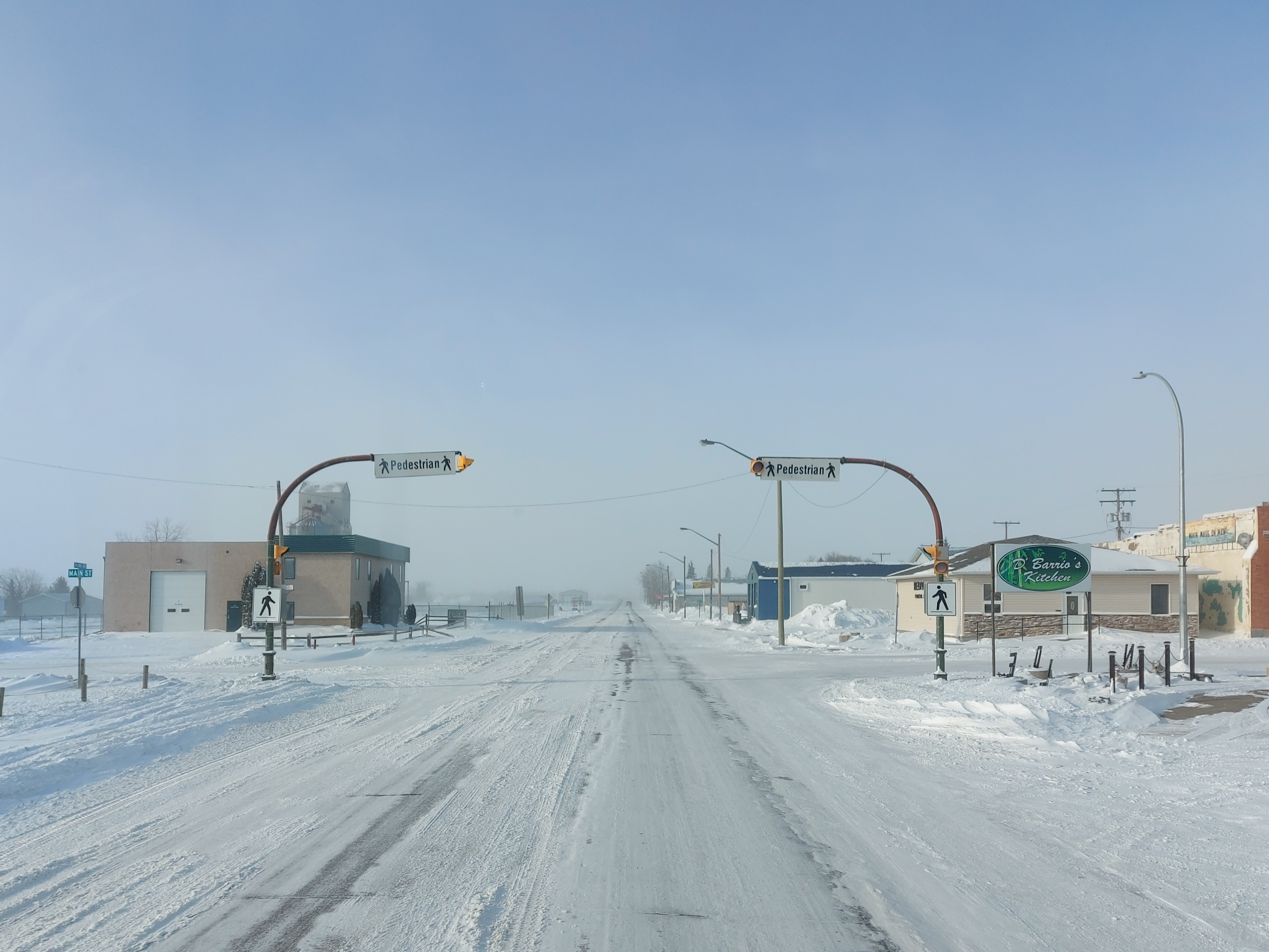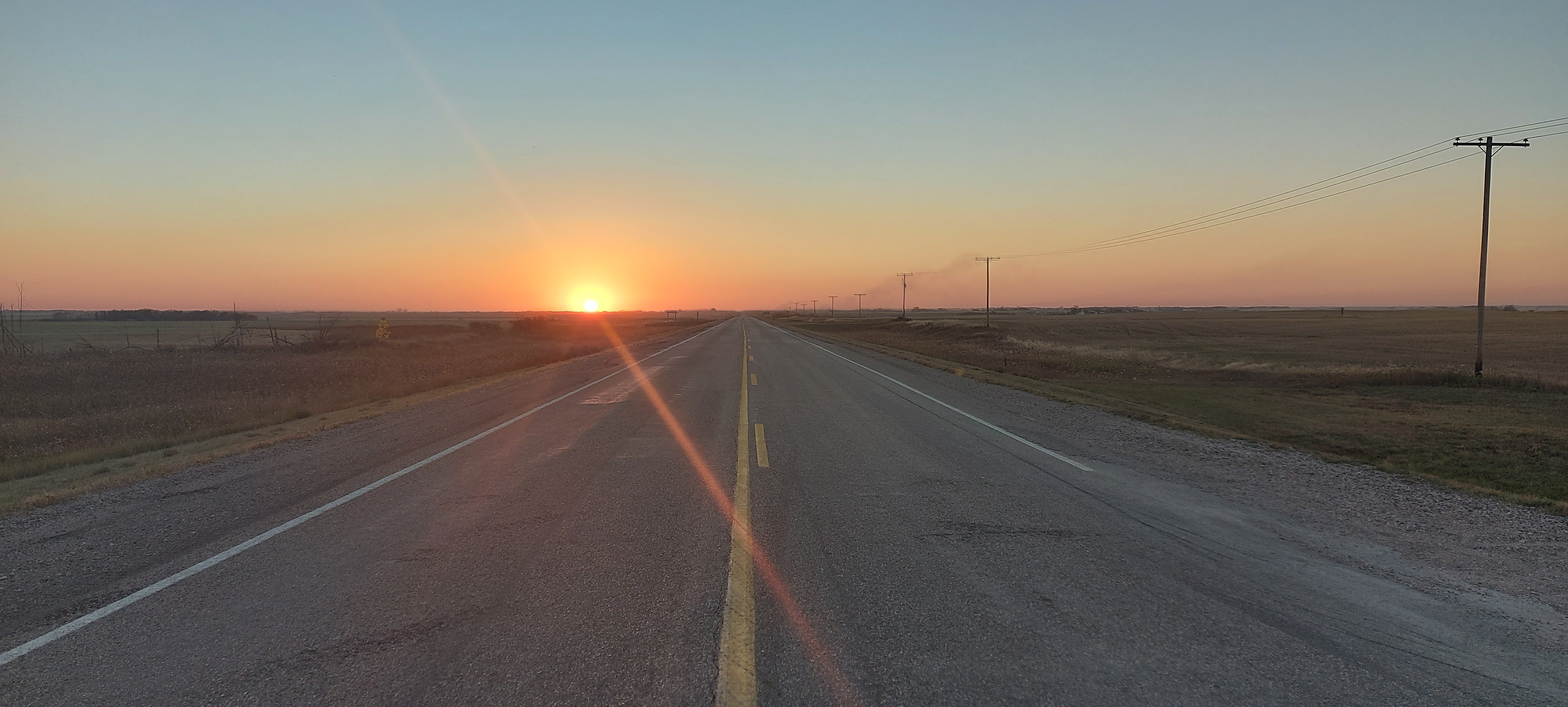|
Saskatchewan Highway 358
{{Saskatchewan-road-stub ...
Highway 358 is a provincial highway in the Canadian province of Saskatchewan. It runs from Highway 18 near Wood Mountain to Highway 13 near Limerick. It is about long. The highway passes through the communities of Flintoff and Lakenheath. It skirts the western shore of Twelve Mile Lake about halfway between its southern and northern terminuses. See also * Transportation in Saskatchewan * Roads in Saskatchewan References 358 Year 358 ( CCCLVIII) was a common year starting on Thursday (link will display the full calendar) of the Julian calendar. At the time, it was known as the Year of the Consulship of Datianus and Cerealis (or, less frequently, year 1111 ''Ab urbe ... [...More Info...] [...Related Items...] OR: [Wikipedia] [Google] [Baidu] |
Wood Mountain, Saskatchewan
Wood Mountain ( 2016 population: ) is a village in the Canadian province of Saskatchewan within the Rural Municipality of Old Post No. 43 and Census Division No. 3. Its name is derived from the Red River Métis words ''"montagne de bois"'' (meaning mountain of wood in French), due to the abundance of poplar trees in the otherwise barren region. Highway 18 and Highway 358 intersect south of the community. Wood Mountain is known for its annual stampede that has been held every year for more than 120 years. This village is home to the First Nations administrative office for the band government of the Wood Mountain Lakota First Nation. History Wood Mountain was the terminus of the Fort Ellice-Wood Mountain Trail that was used from 1757 to the 1850s to haul provisions such as pemmican by the Metis and First Nations. The trail was over 400 kilometres long. It incorporated as a village on March 4, 1930. Demographics In the 2021 Census of Population conducted by Statist ... [...More Info...] [...Related Items...] OR: [Wikipedia] [Google] [Baidu] |
Limerick, Saskatchewan
Limerick ( 2016 population: ) is a village in the Canadian province of Saskatchewan within the Rural Municipality of Stonehenge No. 73 and Census Division No. 3. The village is about 150 km (94 mi) north of the US border near the towns of Lafleche and Gravelbourg. The village is named after the Irish city of Limerick. History Limerick incorporated as a village on July 10, 1913. Demographics In the 2021 Census of Population conducted by Statistics Canada, Limerick had a population of living in of its total private dwellings, a change of from its 2016 population of . With a land area of , it had a population density of in 2021. In the 2016 Census of Population, the Village of Limerick recorded a population of living in of its total private dwellings, a change from its 2011 population of . With a land area of , it had a population density of in 2016. See also *List of communities in Saskatchewan Communities in the Province of Saskatchewan, Cana ... [...More Info...] [...Related Items...] OR: [Wikipedia] [Google] [Baidu] |
Rural Municipality Of Old Post No
In general, a rural area or a countryside is a geographic area that is located outside towns and cities. Typical rural areas have a low population density and small settlements. Agricultural areas and areas with forestry typically are described as rural. Different countries have varying definitions of ''rural'' for statistical and administrative purposes. In rural areas, because of their unique economic and social dynamics, and relationship to land-based industry such as agriculture, forestry and resource extraction, the economics are very different from cities and can be subject to boom and bust cycles and vulnerability to extreme weather or natural disasters, such as droughts. These dynamics alongside larger economic forces encouraging to urbanization have led to significant demographic declines, called rural flight, where economic incentives encourage younger populations to go to cities for education and access to jobs, leaving older, less educated and less wealthy populati ... [...More Info...] [...Related Items...] OR: [Wikipedia] [Google] [Baidu] |
Rural Municipality Of Stonehenge No
In general, a rural area or a countryside is a geographic area that is located outside towns and cities. Typical rural areas have a low population density and small settlements. Agricultural areas and areas with forestry typically are described as rural. Different countries have varying definitions of ''rural'' for statistical and administrative purposes. In rural areas, because of their unique economic and social dynamics, and relationship to land-based industry such as agriculture, forestry and resource extraction, the economics are very different from cities and can be subject to boom and bust cycles and vulnerability to extreme weather or natural disasters, such as droughts. These dynamics alongside larger economic forces encouraging to urbanization have led to significant demographic declines, called rural flight, where economic incentives encourage younger populations to go to cities for education and access to jobs, leaving older, less educated and less wealthy popul ... [...More Info...] [...Related Items...] OR: [Wikipedia] [Google] [Baidu] |
Numbered Highways In Canada
Numbered highways in Canada are split by province, and a majority are maintained by their province or territory transportation department. All highways in Canada are numbered except for three in the Northwest Territories, one in Alberta, one in Ontario, and one in Quebec. Ontario's 7000 series are not marked with their highway number but have been assigned one by the Ministry of Transportation. A number of highways in all provinces are better known locally by their name rather than their number. Some highways have additional letters added to their number: A is typically an alternate route, B is typically a business route, and other letters are used for bypass (truck) routes, connector routes, scenic routes, and spur routes. The territory of Nunavut has no highways. Classifications This is a breakdown of the classifications of highways in each province, and an example shield of each classification where available. Trans-Canada The Trans-Canada Highway crosses all provinces o ... [...More Info...] [...Related Items...] OR: [Wikipedia] [Google] [Baidu] |
Provinces And Territories Of Canada
Within the geographical areas of Canada, the ten provinces and three territories are sub-national administrative divisions under the jurisdiction of the Canadian Constitution. In the 1867 Canadian Confederation, three provinces of British North America—New Brunswick, Nova Scotia, and the Province of Canada (which upon Confederation was divided into Ontario and Quebec)—united to form a federation, becoming a fully independent country over the next century. Over its history, Canada's international borders have changed several times as it has added territories and provinces, making it the world's second-largest country by area. The major difference between a Canadian province and a territory is that provinces receive their power and authority from the ''Constitution Act, 1867'' (formerly called the ''British North America Act, 1867''), whereas territorial governments are creatures of statute with powers delegated to them by the Parliament of Canada. The powers flowing from t ... [...More Info...] [...Related Items...] OR: [Wikipedia] [Google] [Baidu] |
Saskatchewan
Saskatchewan ( ; ) is a Provinces and territories of Canada, province in Western Canada, western Canada, bordered on the west by Alberta, on the north by the Northwest Territories, on the east by Manitoba, to the northeast by Nunavut, and on the south by the United States, U.S. states of Montana and North Dakota. Saskatchewan and Alberta are the only landlocked provinces of Canada. In 2022, Saskatchewan's population was estimated at 1,205,119. Nearly 10% of Saskatchewan’s total area of is fresh water, mostly rivers, reservoirs and List of lakes in Saskatchewan, lakes. Residents primarily live in the southern prairie half of the province, while the northern half is mostly forested and sparsely populated. Roughly half live in the province's largest city Saskatoon or the provincial capital Regina, Saskatchewan, Regina. Other notable cities include Prince Albert, Saskatchewan, Prince Albert, Moose Jaw, Yorkton, Swift Current, North Battleford, Melfort, Saskatchewan, Melfort, and ... [...More Info...] [...Related Items...] OR: [Wikipedia] [Google] [Baidu] |
Saskatchewan Highway 18
Highway 18 is a highway in the Canadian province of Saskatchewan. It runs from Highway 13 near Robsart, approximately east of the Alberta border, to the Manitoba border near Gainsborough, where it becomes Highway 3. It passes through three major communities, all in the eastern quarter of Saskatchewan – Estevan, Oxbow, and Carnduff; it also passes north of the west and east blocks of Grasslands National Park. Highway 18 is about long, which is the longest east-west highway and second longest highway in Saskatchewan. History The original segment of Highway 18 ran from the Manitoba border, through Estevan, to Lake Alma, before turning north, passing through Radville, and terminating at Highway 13 approximately west of Weyburn. In the 1960s, Highway 18 was extended west to Highway 6 near Minton along an upgraded grid road, resulting in the north-south section between Lake Alma and Highway 13 being renumbered as Highway 2 ... [...More Info...] [...Related Items...] OR: [Wikipedia] [Google] [Baidu] |
Saskatchewan Highway 13
Highway 13 is a highway in the Canadian province of Saskatchewan. It runs from the Alberta border (continuing westward as Alberta Highway 501) until it transitions into Highway 2 at the Manitoba border near Antler. Highway 13 is about 676 km (420 mi.) long. Highway 13 passes through Shaunavon, Assiniboia, Weyburn, Redvers and Carlyle. It is also referred to as the Red Coat Trail, as much of its length follows the route of the original historic path. A majority of the route between Wauchope and Govenlock going through the Palliser's Triangle is also referred to as the Ghost Town Trail. Travel route Travel east through the province of Saskatchewan on the Red Coat Trail is continuous on Highway 13 which is a secondary paved undivided highway until Weyburn. Highway 13 crosses Lodge Creek and Middle Creek, then passes the junction with Highway 21 south followed by Highway 615 north. The highway volume beginning in Saskatchewan along the highway about 45 vehicles pe ... [...More Info...] [...Related Items...] OR: [Wikipedia] [Google] [Baidu] |
Transportation In Saskatchewan
Transport in Saskatchewan includes an infrastructure system of roads, highways, freeways, airports, ferries, pipelines, trails, waterways, and railway systems serving a population of approximately 1,098,352 (according to 2016 census) inhabitants year-round. It is funded primarily with local, rural municipality, and federal government funds. History Early European settlers and explorers in Canada introduced the wheel to North America's Aboriginal peoples, who relied on canoes, york boat, bateaux, and kayaks, in addition to the snowshoe, toboggan, and sled in winter. Europeans adopted these technologies as Europeans pushed deeper into the continent's interior, and were thus able to travel via the waterways that fed from the St. Lawrence River Great Lakes route and Hudson Bay Churchill River route and then across land to Saskatchewan. In the 19th century and early 20th century transportation relied on harnessing oxen to Red River carts or horse to wagon. Maritime transportatio ... [...More Info...] [...Related Items...] OR: [Wikipedia] [Google] [Baidu] |


.jpg)


